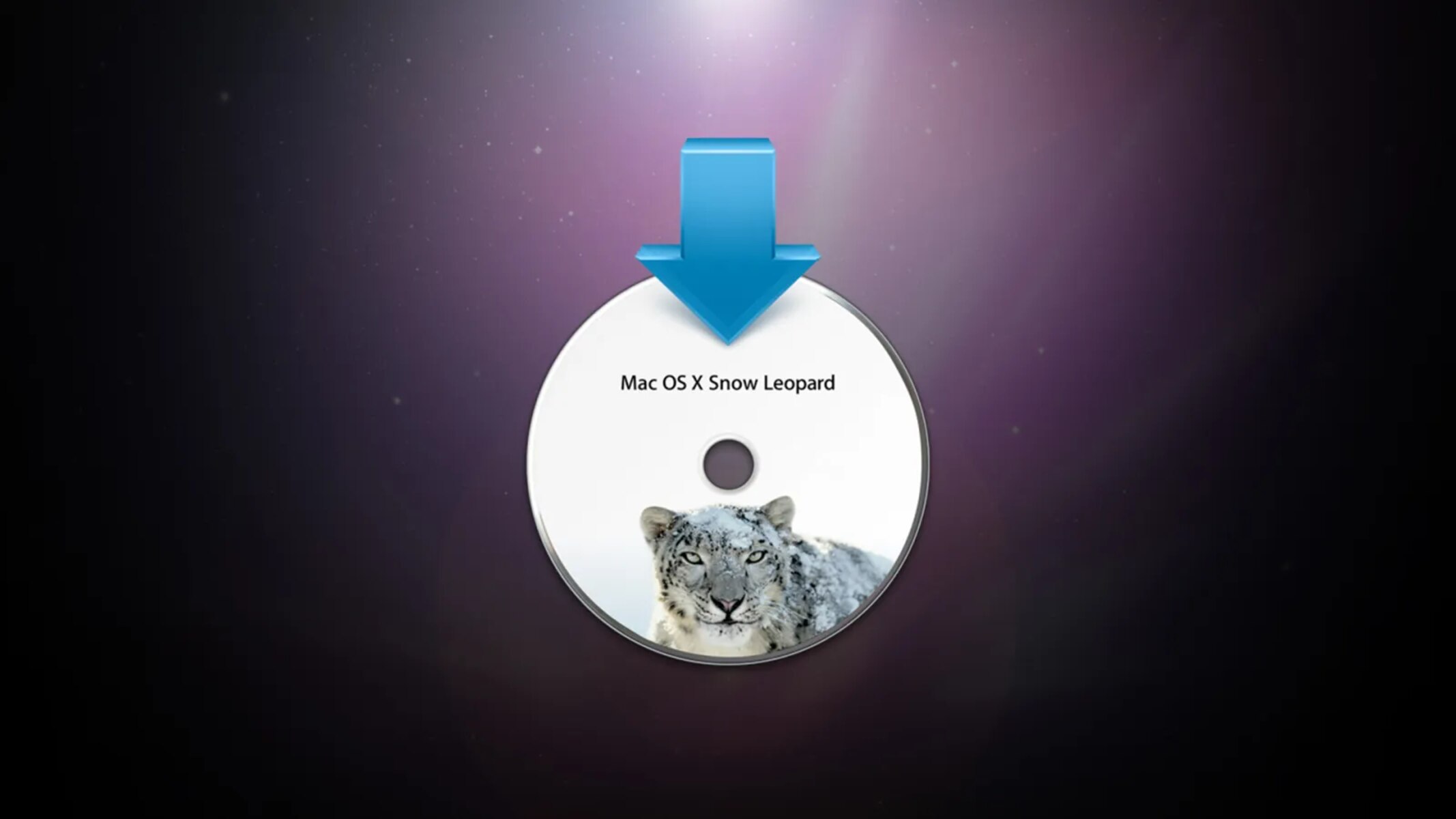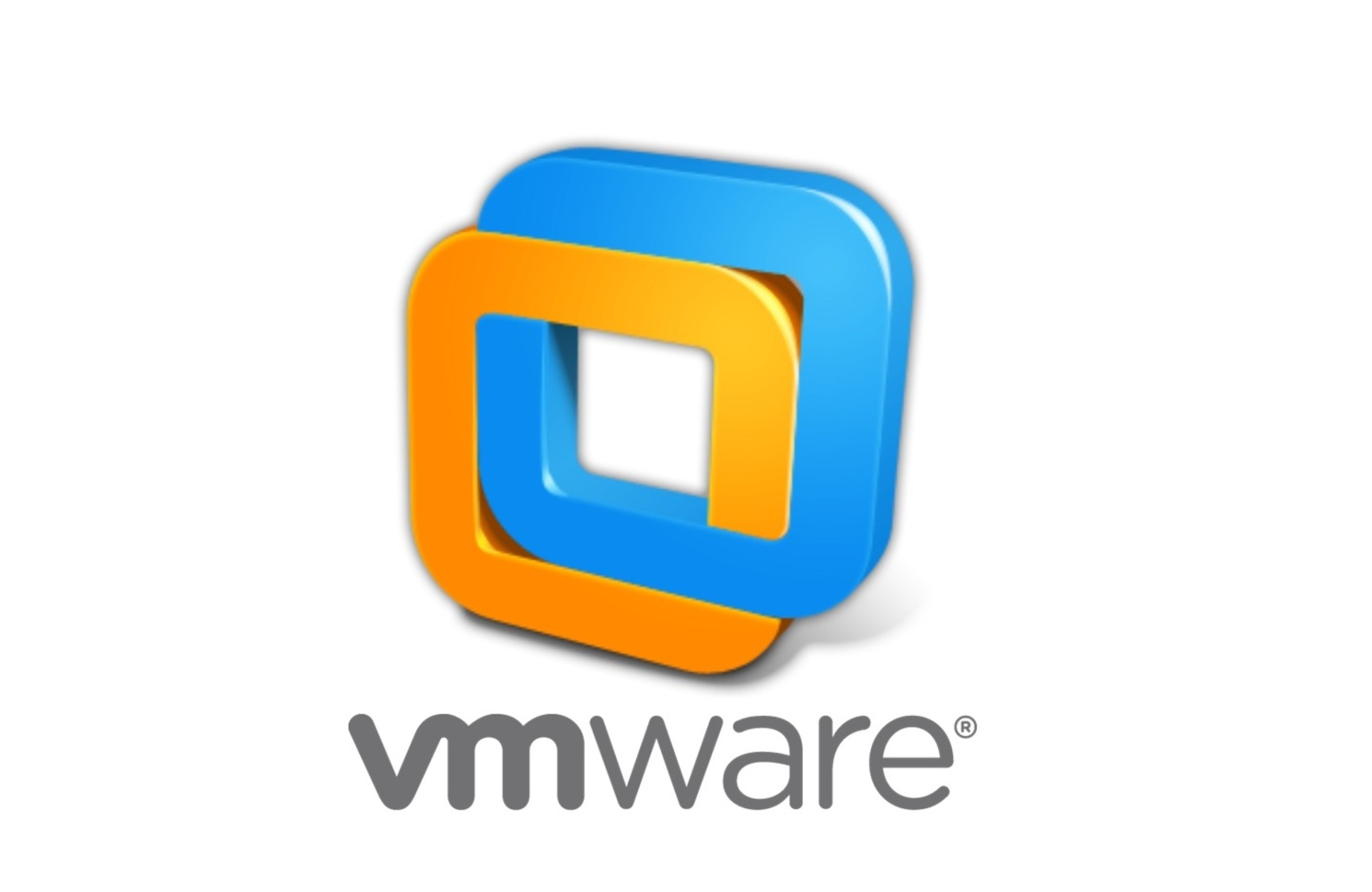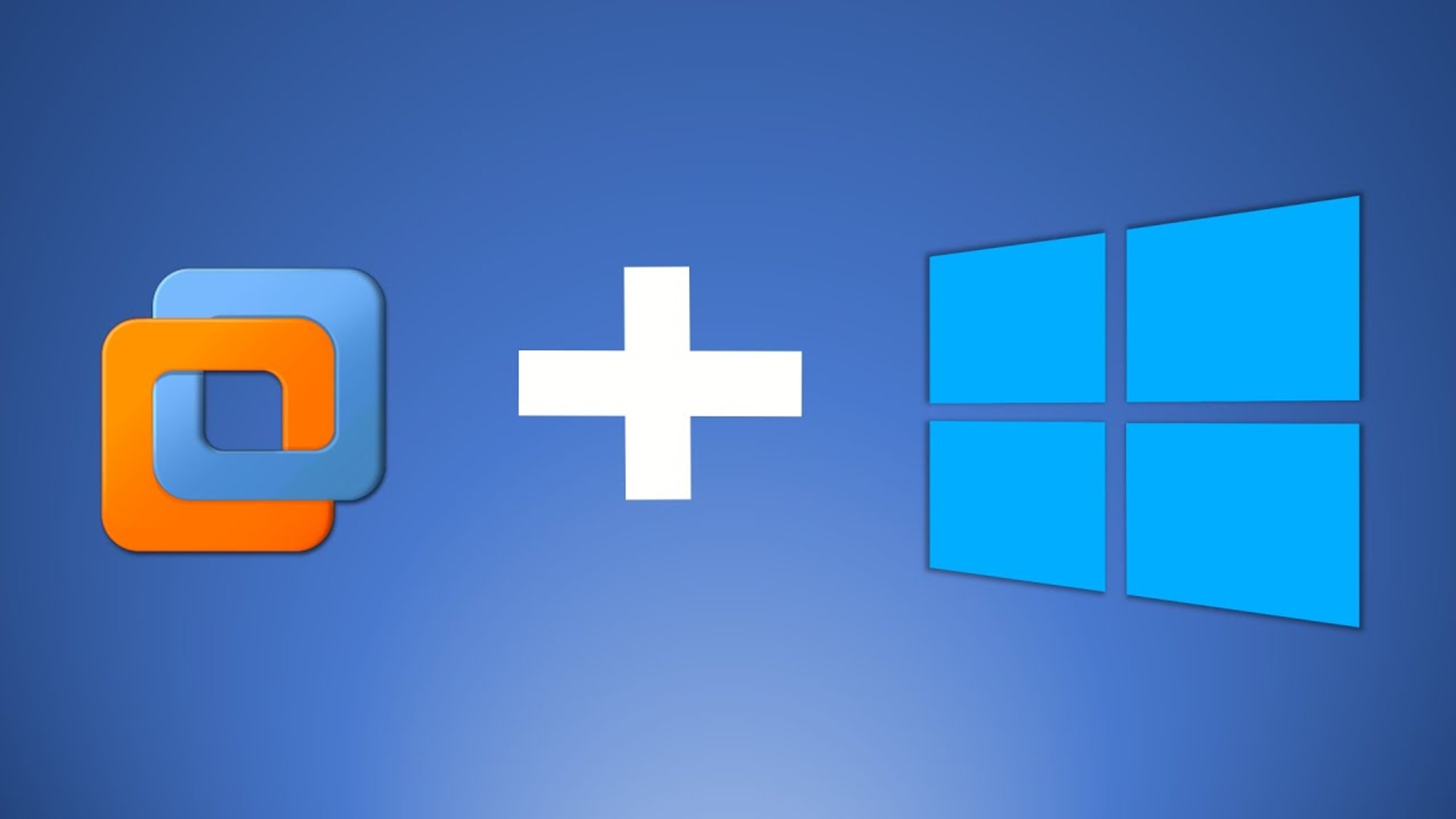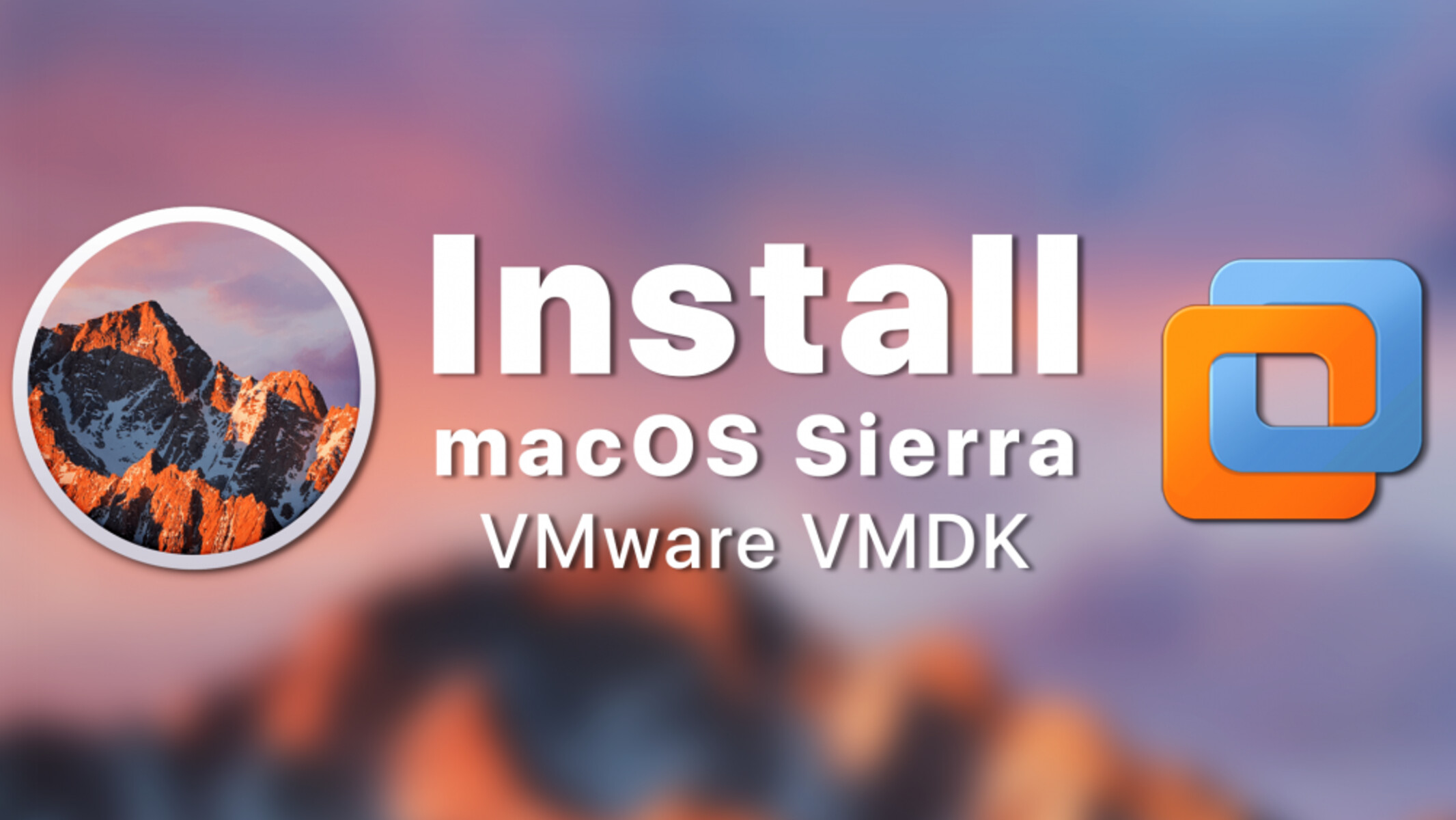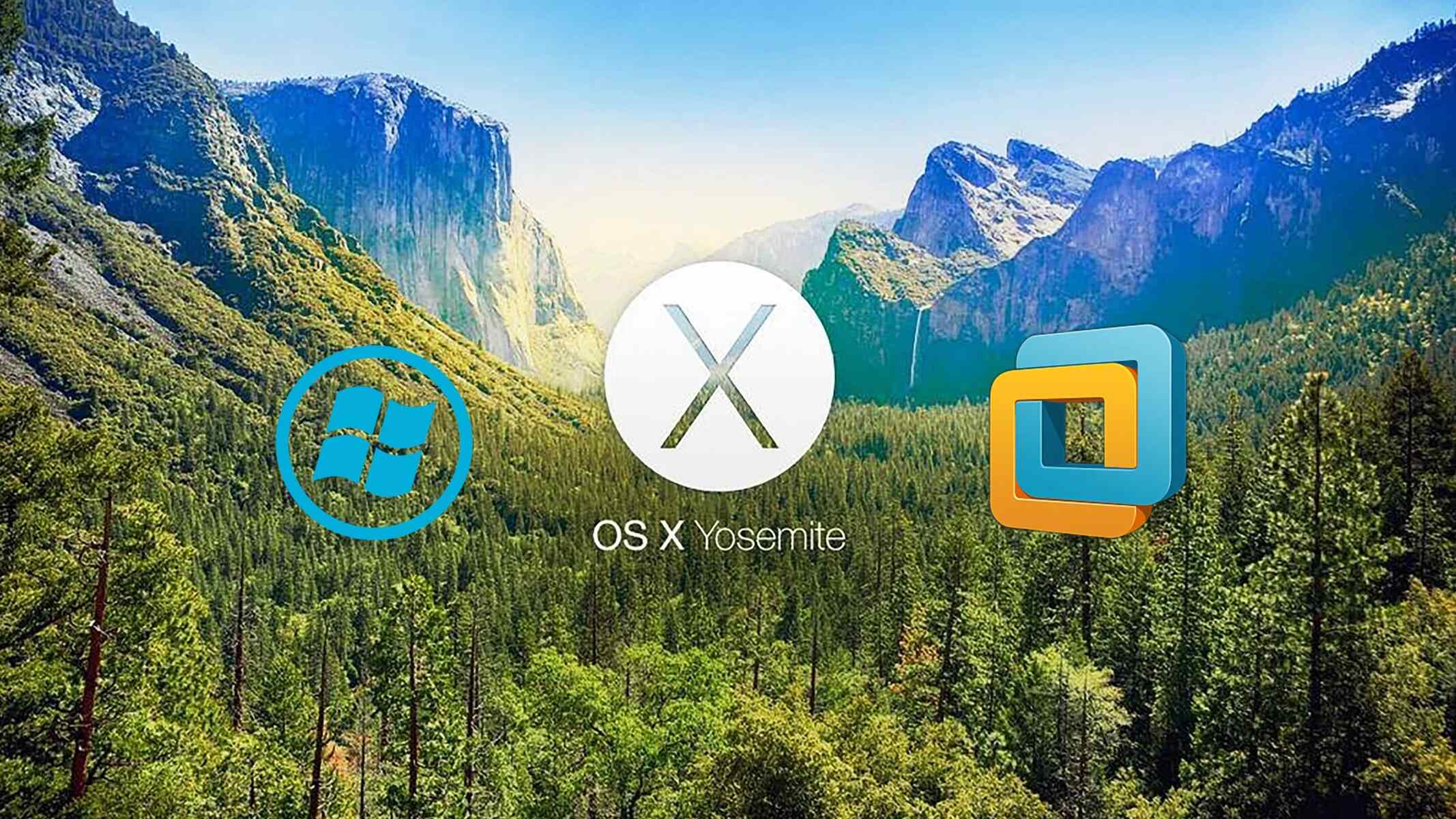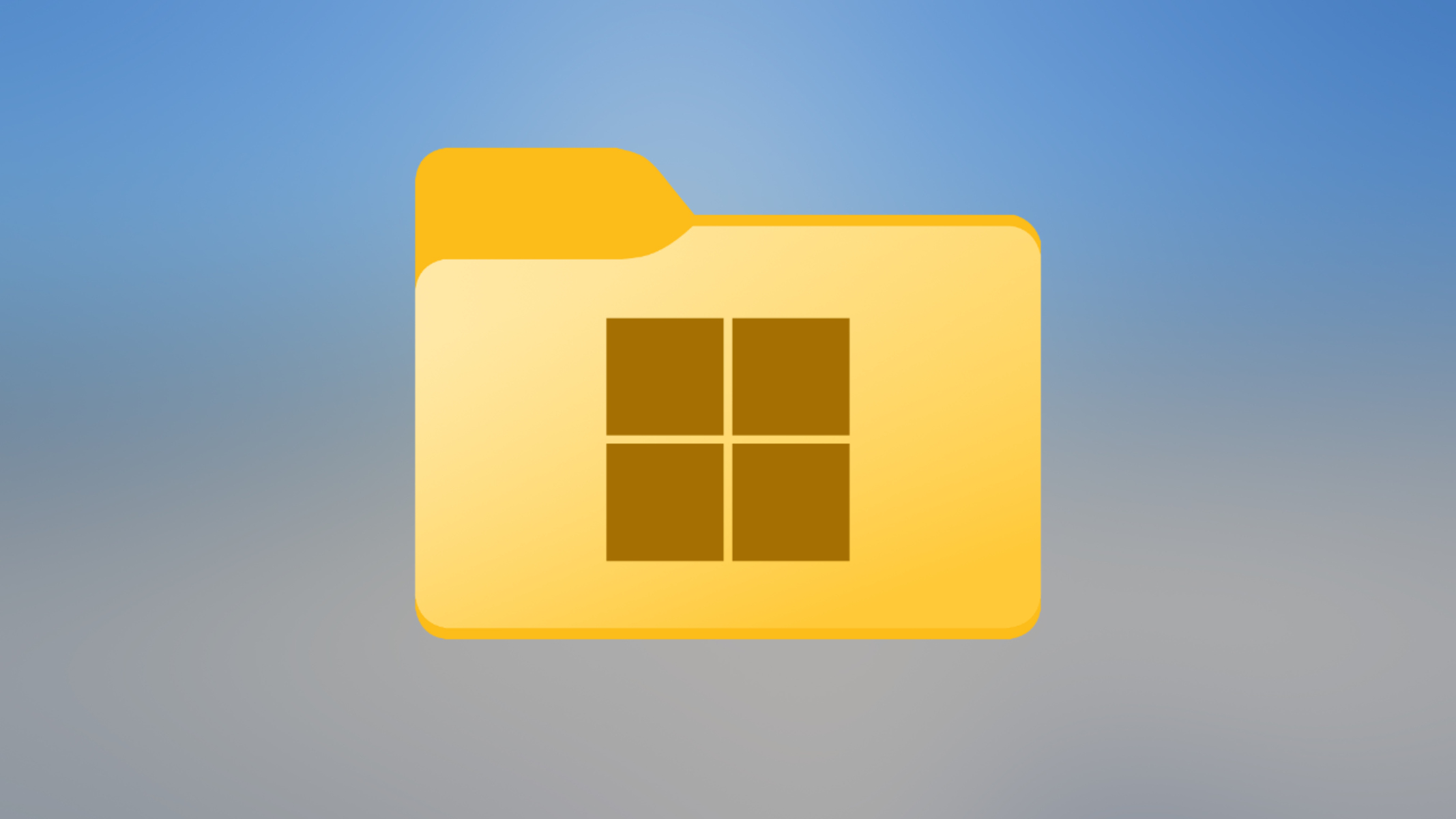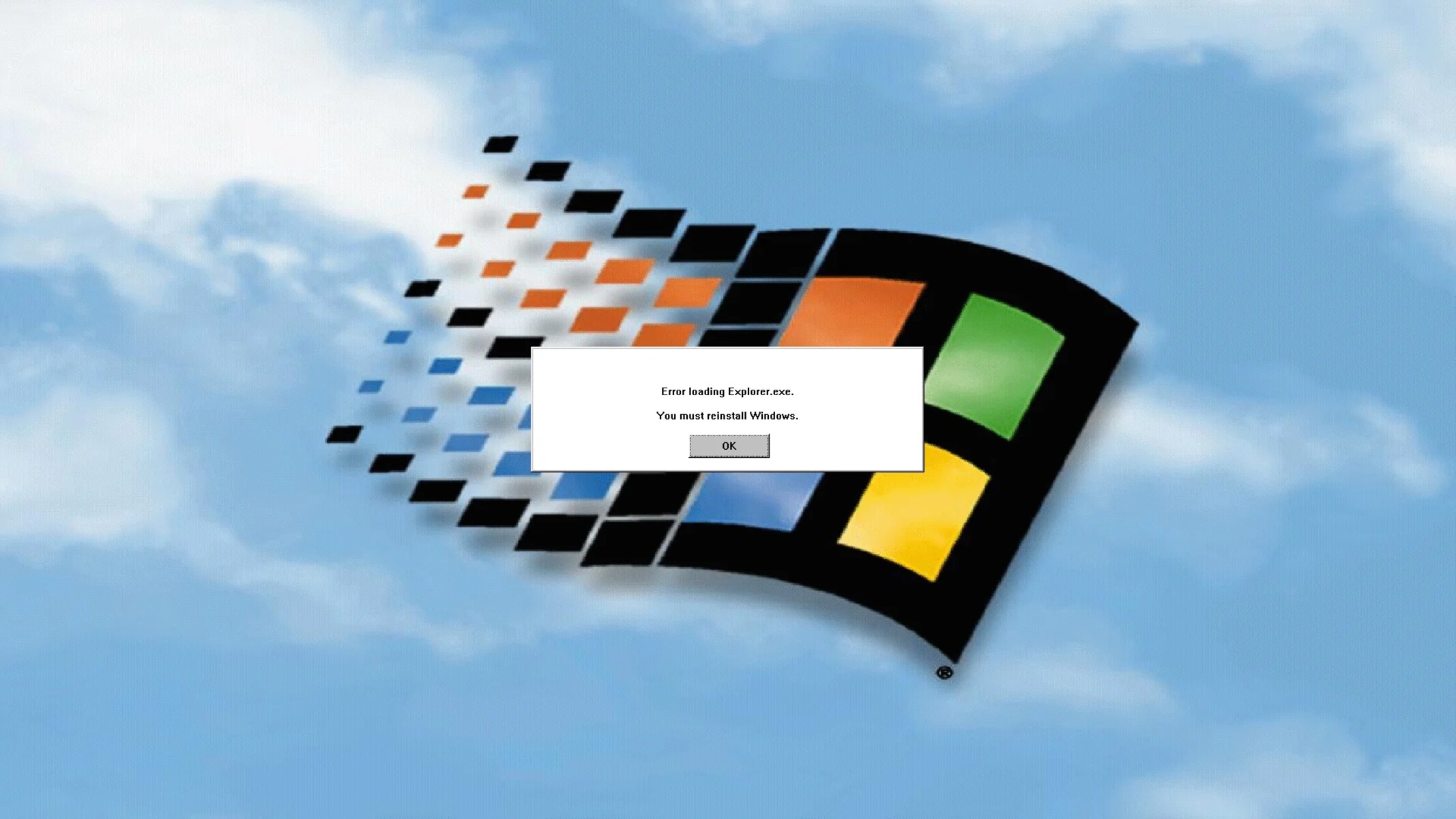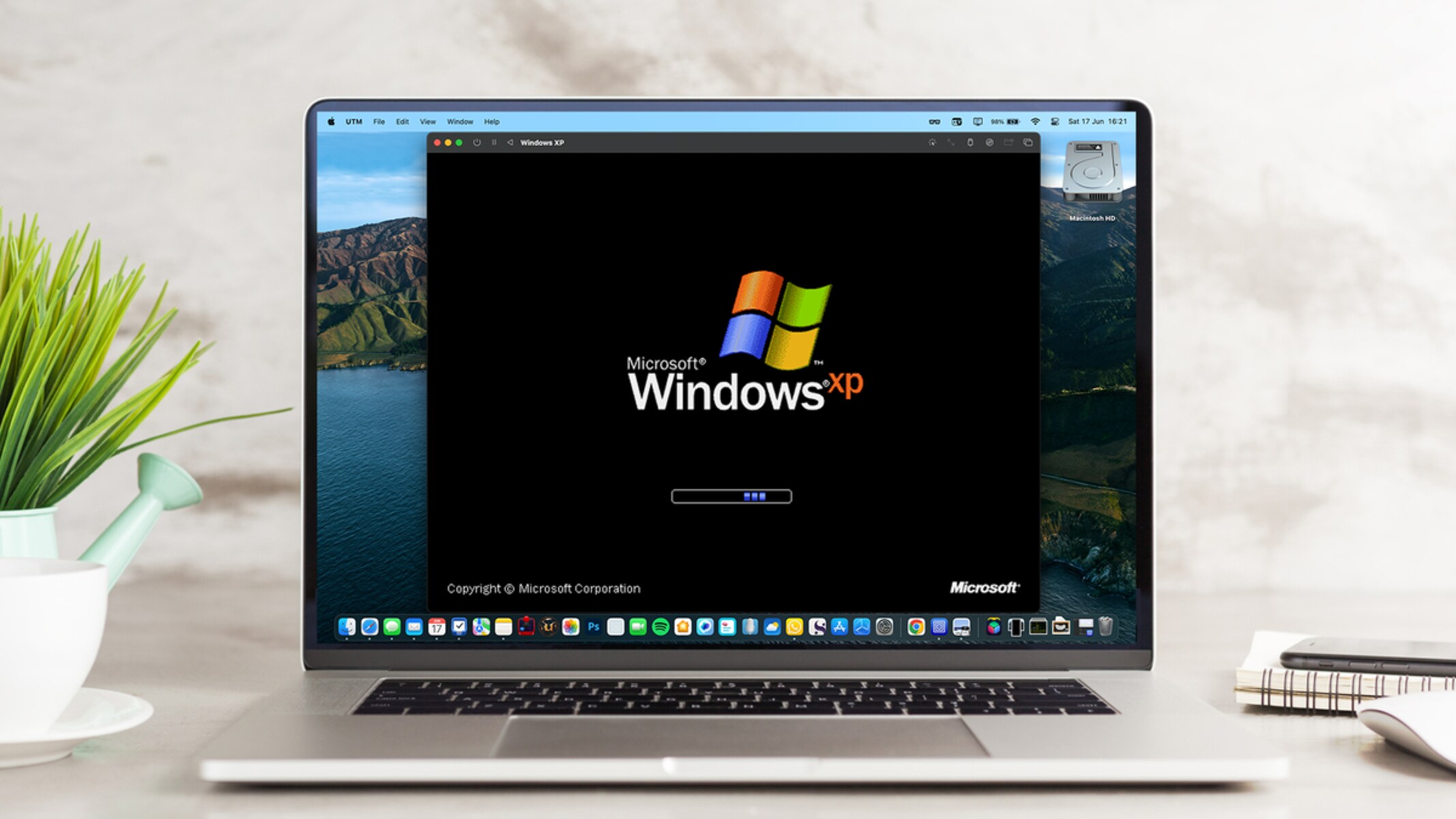Introduction
Welcome to this step-by-step guide on how to install a Snow Leopard guest on VMware Workstation 12. VMware Workstation is a powerful virtualization software that allows you to run multiple operating systems on a single machine. By installing Snow Leopard as a guest on VMware Workstation, you can enjoy the benefits of macOS on your Windows or Linux computer.
Snow Leopard, also known as Mac OS X 10.6, was a highly popular operating system released by Apple in 2009. While it may be overshadowed by the newer versions of macOS, Snow Leopard still has its loyal followers thanks to its stability and performance.
Before proceeding with the installation, it is important to ensure that you meet the necessary requirements. First and foremost, you will need a licensed copy of VMware Workstation 12. This software is not available for free, but you can purchase it from the official VMware website. Additionally, you will need a Snow Leopard ISO file, which can be obtained from various sources.
In this guide, we will walk you through the process of installing VMware Workstation 12, creating a new virtual machine, installing Snow Leopard, updating the guest OS, and installing VMware Tools for enhanced performance and functionality. The steps outlined here will provide you with a working Snow Leopard guest that can be used for various purposes, such as development, testing, or nostalgic purposes.
It’s important to note that virtualizing macOS on non-Apple hardware is not officially supported by Apple. However, if you are using it for personal use or for testing purposes, this guide will help you accomplish that. Let’s dive in and get started with the installation process!
Requirements
Before you begin the installation process, there are a few requirements that need to be met. Here’s what you’ll need:
- VMware Workstation 12: Make sure you have VMware Workstation 12 installed on your computer. This software is not available for free, so you’ll need to purchase a licensed copy from the official VMware website. This guide assumes that you have a working installation of VMware Workstation 12.
- Snow Leopard ISO: You’ll need a Snow Leopard ISO file to install the operating system as a guest on VMware Workstation 12. The ISO file can be obtained from various sources, but make sure you acquire it from a reputable and legal source.
- Adequate Hardware: Your computer should meet the minimum system requirements to run VMware Workstation 12 and the Snow Leopard guest. These include a compatible processor, sufficient RAM, and enough storage space to accommodate the virtual machine.
- Supported Operating System: Ensure that your host operating system is compatible with VMware Workstation 12. It is available for both Windows and Linux, so make sure you have a supported version of either of these operating systems installed on your computer.
- Access to BIOS/UEFI Settings: You may need to access your computer’s BIOS/UEFI settings to enable virtualization technology, such as Intel VT-x (for Intel processors) or AMD-V (for AMD processors). Virtualization technology should be enabled in order to run virtual machines with optimal performance.
It’s crucial to meet these requirements to ensure a smooth and successful installation process. Make sure that you have all the necessary components and settings in place before proceeding with the installation steps in the following sections.
Step 1: Downloading the Snow Leopard ISO
The first step in installing a Snow Leopard guest on VMware Workstation 12 is to obtain the Snow Leopard ISO file. The ISO file contains the installation files for the macOS operating system, allowing you to install it as a virtual machine on your computer.
It’s important to acquire the Snow Leopard ISO file from a reliable and legal source. While there are websites that offer download links for Snow Leopard ISO files, exercise caution and ensure that you only download it from a reputable source to avoid any potential security risks or legal issues.
Once you have found a trustworthy source, follow these steps to download the Snow Leopard ISO:
- Open the web browser of your choice and navigate to the website where you can download the Snow Leopard ISO. Be sure to choose a version that is compatible with your system.
- Look for the download link or button for the Snow Leopard ISO file. It may be labeled as “Download,” “Get,” or something similar.
- Click on the download link to initiate the download process. The file size of the Snow Leopard ISO can be quite large, so it may take some time depending on your internet speed.
- Once the download is complete, verify the integrity of the file by comparing its size and hash value to the provided information on the website where you downloaded it.
- Ensure that the Snow Leopard ISO file is stored in a secure location on your computer. You will need to access this file during the installation process.
Congratulations! You have successfully downloaded the Snow Leopard ISO file. In the next step, we will guide you through installing VMware Workstation 12 on your computer.
Step 2: Installing VMware Workstation 12
After obtaining the Snow Leopard ISO, the next step is to install VMware Workstation 12 on your computer. VMware Workstation is a powerful virtualization software that allows you to create and run virtual machines on your host operating system.
Follow these steps to install VMware Workstation 12:
- Locate the VMware Workstation 12 installer file that you downloaded. Usually, it will be in the .exe or .msi format.
- Double-click on the installer file to begin the installation process.
- Read through and accept the End User License Agreement (EULA) to continue with the installation.
- Choose the installation location for VMware Workstation 12 or leave it as the default location.
- Select any additional features or components you wish to install, or leave the default settings as it is.
- Click on the “Install” button to start the installation process.
- Wait for the installation to complete. This may take a few minutes, depending on the speed of your computer.
- Once the installation is finished, click on the “Finish” button.
- Restart your computer if prompted to do so by the installer.
Now that VMware Workstation 12 is installed on your computer, you are one step closer to running Snow Leopard as a guest. In the next step, we will guide you through creating a new virtual machine in VMware Workstation 12 to install Snow Leopard.
Step 3: Creating a New Virtual Machine
With VMware Workstation 12 successfully installed on your computer, it’s time to create a new virtual machine that will serve as the environment for installing Snow Leopard. Follow the steps below to create a new virtual machine:
- Open VMware Workstation 12 on your computer.
- Click on the “Create a New Virtual Machine” option in the welcome screen or navigate to “File” > “New Virtual Machine” in the menu bar.
- Select “Typical (recommended)” and click “Next” to proceed with the standard virtual machine creation process.
- In the “Installer disc image file (iso)” section, browse and select the Snow Leopard ISO file that you downloaded earlier.
- If you have a valid Snow Leopard product key, you can enter it in the “Enter your serial number” field. Otherwise, you can leave it blank as this step is optional.
- Choose the name and location for your virtual machine. Make sure to select a location with sufficient storage space.
- Select the maximum disk size for your virtual machine. It is recommended to allocate at least 20 GB of disk space for Snow Leopard.
- In the “Hardware” section, adjust the settings as per your preferences or leave them as default. However, make sure to allocate sufficient RAM to your virtual machine to ensure smooth performance.
- Click on “Finish” to create the new virtual machine.
Now, VMware Workstation 12 has created a new virtual machine for you. In the next step, we will guide you through the process of configuring the virtual machine settings before installing Snow Leopard.
Step 4: Configuring the Virtual Machine
After creating a new virtual machine for Snow Leopard in VMware Workstation 12, the next step is to configure the settings of the virtual machine. This will ensure optimal performance and compatibility during the installation process. Follow the steps below to configure the virtual machine:
- Right-click on the newly created virtual machine in VMware Workstation 12 and select “Settings” from the context menu.
- In the “Hardware” tab, review and adjust the settings as necessary. Here are a few key settings to consider:
- Memory: Allocate an appropriate amount of RAM to the virtual machine. For Snow Leopard, it is recommended to allocate at least 2 GB of RAM.
- Hard Disk: Ensure that the virtual hard disk is properly configured and has sufficient disk space allocated. Adjust the size if needed.
- CD/DVD: Make sure the Snow Leopard ISO file is selected as the source for the virtual CD/DVD drive.
- Network Adapter: Choose the desired network adapter type and configure the network settings according to your requirements.
- Navigate to the “Options” tab and review the settings. Consider adjusting settings such as the virtual machine name, power settings, and other options based on your preferences.
- Click on “OK” to save the changes and close the settings window.
By configuring the virtual machine settings, you have prepared it for the installation of Snow Leopard. In the next step, we will guide you through the process of installing Snow Leopard on the virtual machine.
Step 5: Installing Snow Leopard
Now that the virtual machine is properly configured in VMware Workstation 12, it’s time to proceed with the installation of Snow Leopard. Follow these steps to install Snow Leopard on the virtual machine:
- Power on the virtual machine by clicking on the “Play” button in VMware Workstation 12.
- The virtual machine will start, and you will see the initial boot screen. Press any key to enter the installer.
- Once you enter the Snow Leopard installer, select your preferred language and click on “Continue”.
- In the menu bar, select “Utilities” > “Disk Utility”. Use Disk Utility to format the virtual hard disk as “Mac OS Extended (Journaled)”. Give it a name, such as “Macintosh HD”.
- Exit Disk Utility and click on “Continue” to proceed with the installation.
- Select the formatted virtual hard disk (Macintosh HD) as the destination for the installation, and click on “Install”.
- The installation process will begin, and you will need to wait for it to complete. This may take some time.
- Once the installation is finished, the virtual machine will restart automatically.
- Follow the on-screen instructions to set up Snow Leopard, including creating a user account and configuring system preferences.
- Congratulations! You have successfully installed Snow Leopard on your virtual machine. You can now enjoy the features and functionalities of macOS on your VMware Workstation 12 setup.
Now that Snow Leopard is installed, you can proceed with the next step to update the Snow Leopard guest to the latest version for improved performance and security.
Step 6: Updating the Snow Leopard Guest
After successfully installing Snow Leopard on your virtual machine, it is recommended to update the Snow Leopard guest to the latest version. Updating the guest OS not only brings new features and improvements but also enhances performance and security. Follow the steps below to update the Snow Leopard guest:
- Power on the Snow Leopard virtual machine by clicking on the “Play” button in VMware Workstation 12.
- Once the virtual machine is running, connect to the internet within the guest OS. You can do this by configuring the network settings in the virtual machine settings of VMware Workstation.
- Open the Apple menu in the Snow Leopard guest OS and select “Software Update”.
- The Software Update utility will check for available updates for Snow Leopard. If any updates are found, click on the “Install” button to proceed with their installation.
- Wait for the updates to download and install. This process may take some time, depending on the size of the updates and your internet connection speed.
- Once the updates are installed, restart the Snow Leopard guest OS to complete the update process.
- After the restart, verify that the Snow Leopard guest OS is updated by opening the Apple menu and selecting “About This Mac”. The updated version number should be displayed.
By updating the Snow Leopard guest OS, you ensure that your virtual machine is up to date with the latest features, bug fixes, and security patches. In the next step, we will guide you through the process of installing VMware Tools to enhance the performance and functionality of the Snow Leopard guest.
Step 7: Installing VMware Tools
Installing VMware Tools is an essential step to maximize the performance and functionality of your Snow Leopard guest in VMware Workstation 12. VMware Tools provides drivers, utilities, and additional features that enhance the integration between the guest OS and the virtualization software. Follow the steps below to install VMware Tools:
- Power on the Snow Leopard virtual machine by clicking on the “Play” button in VMware Workstation 12.
- In the VMware Workstation menu bar, go to “VM” > “Install VMware Tools”.
- A virtual CD/DVD drive will be mounted within the Snow Leopard guest OS. Open it and run the VMware Tools installer.
- Follow the instructions provided by the installer to proceed with the installation. You may need to enter your system password to authorize the installation.
- Once the installation is complete, restart the Snow Leopard guest OS to finalize the installation of VMware Tools.
- After the restart, VMware Tools will be fully installed and running in the Snow Leopard guest OS.
- With VMware Tools installed, you can enjoy benefits such as improved display resolution, mouse integration, shared folders, and enhanced performance.
It’s important to note that after installing VMware Tools, you may need to adjust your display settings to utilize the optimal resolution offered by VMware Tools. To do this, go to the “Displays” section in the System Preferences of the Snow Leopard guest OS.
Congratulations! You have successfully installed VMware Tools. You can now experience smooth integration and enhanced performance between your Snow Leopard guest and VMware Workstation 12.
Conclusion
Congratulations on successfully installing a Snow Leopard guest on VMware Workstation 12! By following the steps outlined in this guide, you have created a virtual environment that allows you to experience macOS on your Windows or Linux computer.
Throughout the installation process, you learned how to download the Snow Leopard ISO from a reliable source, install VMware Workstation 12, create a new virtual machine, configure its settings, install Snow Leopard, update the guest OS, and install VMware Tools for optimal performance.
It’s worth mentioning that virtualizing macOS on non-Apple hardware is not officially supported by Apple. However, by using these methods for personal use or testing purposes, you can enjoy the benefits of macOS without owning an Apple computer.
Remember to regularly update your Snow Leopard guest with the latest updates released by Apple to ensure the best performance, stability, and security. Additionally, be cautious while downloading and installing software from the internet, and always verify the authenticity and legality of the sources.
Now that you have a functioning Snow Leopard guest, you can explore macOS features, run apps, and even develop and test software specific to the Snow Leopard environment. Enjoy the experience of the popular and beloved Snow Leopard operating system on your VMware Workstation 12 setup!







